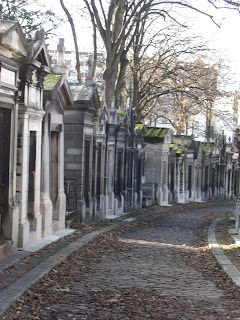



























We passed over the bridge and continued on the other side of the island. The majority of the city, in all reality, is shopping. There were stores at the bottom of every building, and tourist stores at that. Not once the whole time I was in Venice did I see a grocery store. I think that this made it feel more like a tourist attraction than anything else in the city. Everyone that lives on the island has to work for one part of tourism, whether it be a shop owner, waiter, or captain of a boat.
We made it to the Basillica de San Marco before it closed for the night. The church was constantly added to over the course of hundreds of years and was like no other church I had been in. Most of the time churches are designed to show power, but this one took power to a whole new level. Every inch of the ceiling was covered in half inch by half inch pieces of mosaic, and mostly gold at that. Even the floor was made with mosaic marble. It is believed that most of the materials used to build the basillica were stolen from Constantinople. Even the famous four copper horses on top of the building were stolen. At the top of the basillica we were able to look out over the entire Piazza de San Marco. It was filled with all the tourists escaping from the narrow streets. There was a museum at the top as well which had a double bass belonging to the church for hundreds of years, also probably stolen. But it was brought to the church for their talented bassist, one I know very well, Dragonetti. He wrote some of the most famous bass concertos in the world, several of which I have played. I stood in awe in front of the bass, and even snuck a forbidden picture, but how could I resist!
Along the other side of the basillica was the Bridge of Sigh. It was a bridge not built for the everyday pedestrian, but for prisoners. It was there last gasp of air before they went from court to jail. Unfortunately it was under construction, and even more unfortunate, it was covered with ads. The large photo of a fake sky and model added a little something different to the bridge, but nonetheless, at least I could see it.
As the sun went down, it cooled off significantly and we walked the streets once again and grabbed an authentic Italian meal for dinner. Afterwards, we decided to take a look at the city at night. It truly changes as the sun goes down and lights come on. The reflections in the water change and it becomes a new city. Perhaps even more beautiful, maybe not, but then again it seems like this city could never look ugly.
In the morning, we walked to the train station to drop off our bags and decided to take a water taxi along the main canal back to San Marco. The city was beautiful from the water. I had seen several pictures of Venice and heard lots before I arrived, but it's a completely different feeling to actually see the water come right up to someones front door in person. It's almost unbelievable.
It started raining half way through the boat ride and by the time we got off, it was coming down pretty hard. We had hit the city during tourist off season, but we hit Agua Alta right on time. Supposedly it's a once in a lifetime opportunity to see the high tide in Venice, but it happens once a year just for a couple days. As we walked around the city in the afternoon, the water began to flood the streets. The majority of the Piazza de San Marco, along with the basillica was completely under water by early afternoon. There were some streets that were completely inaccessible without thigh high galoshes. In some areas, they put up platforms to walk over the water on. It was definitely a sight to see the line of people with their umbrellas walking on the wooden platforms throughout the plaza. It was even more amazing to see the marble mosaic floors of the church covered with over five inches of water.
But the water flooded streets gave an entirely new perspective to the city. New reflections were created and it became more unique and gorgeous. Although I got soaking wet, it was worth it to see the city under water, although something that may be much more common in the future.